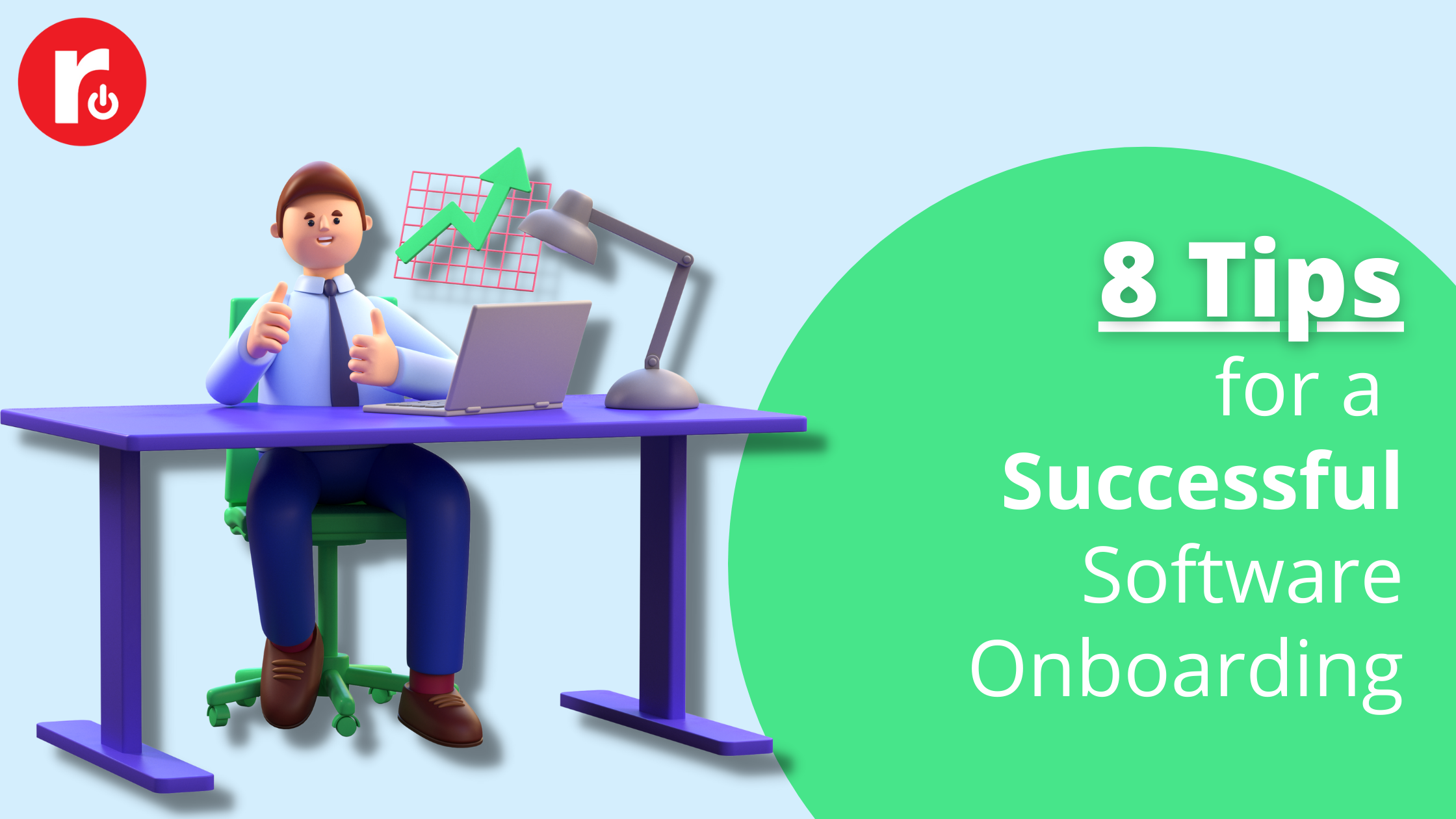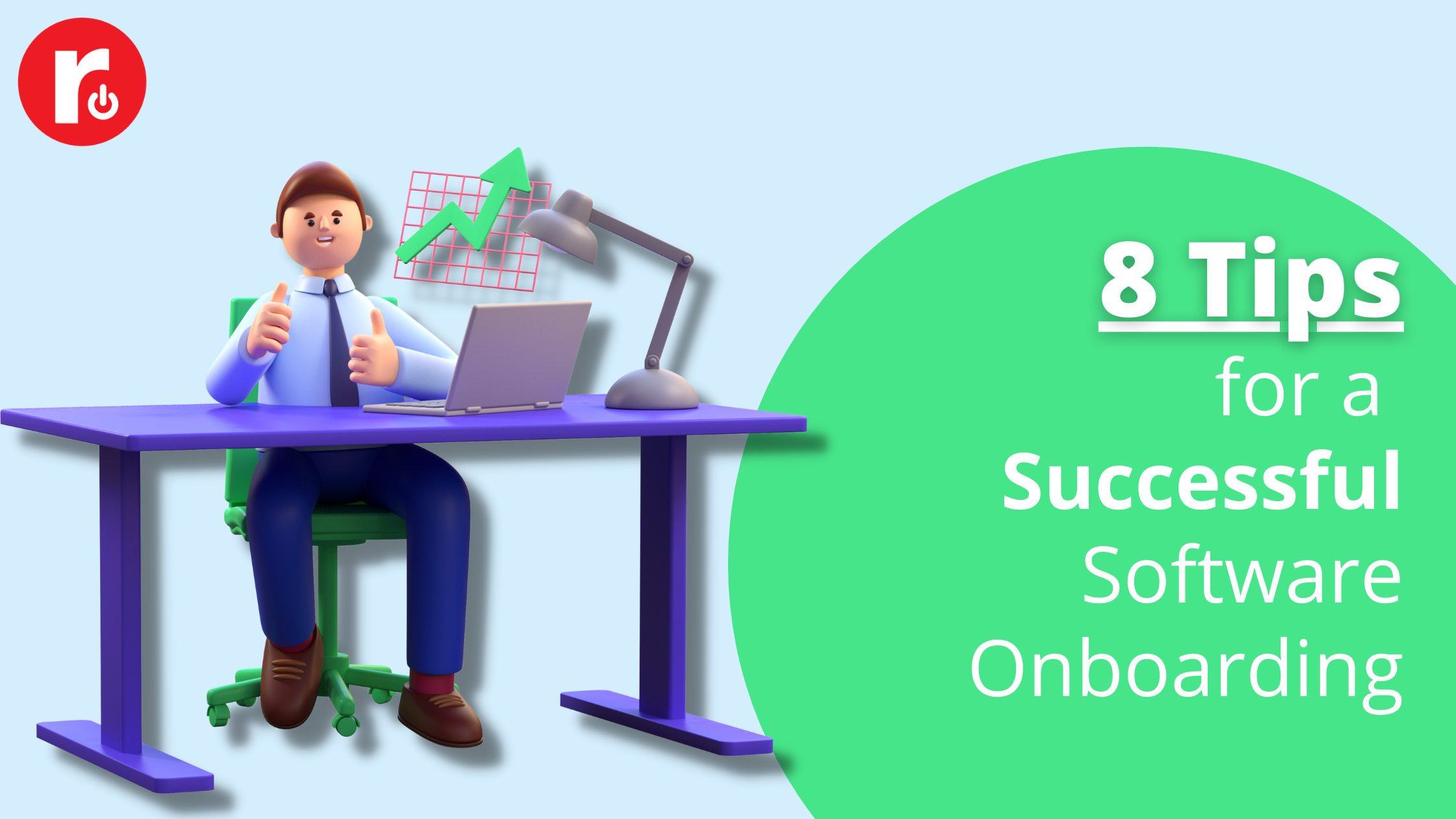
When migrating to a new business management system, most companies have two goals: go live on time and stay under budget. Each goal requires some level of planning and predictability but, technology comes with its fair share of surprises. This is where an experienced and prepared software partner becomes an essential piece of the puzzle.
Getting onboarded is about more than just processes – it’s about people. So, it’s necessary that the partner you choose also understands your organization’s culture and long-term goals. Once you’re sure the partnership’s a fit, each stage of the process can be tailored to your company’s unique needs (no one size fits all approach). Let’s break down those eight stages to a successful enterprise software implementation, at a baseline:
1. Discovery
Begin the process by taking an honest look at the good, the bad, and the ugly. Did you have an implementation attempt that went south in the past? Be transparent with your partner about what went wrong and why. Then, focus the conversation on your organization’s current needs:
- Processes across different departments
- Existing technology
- Historical data
- Additional requirements
After establishing your must-haves, you can move on to your wish list and share a glimpse of where you see your team in the next couple of years.
2. Planning
Failing to plan is planning to fail.
You can’t wing a successful software onboarding and implementation. Even if luck is somehow on your side, that’s a lot of unnecessary stress and anxiety on your key stakeholders. So, what exactly should you plan? Your findings from Discovery will give you an idea of where to start; typically, you’ll want to discuss customizations, process improvements, potential issues, resource requirements, what data will be migrated, etc. The more specific these details, the better.
After planning your approach, designate a project manager within your organization (your partner should have one, as well) to hold yourself accountable.
3. Migration
Remember all that honesty and transparency we talked about in the Planning and Discovery phases? This is where it counts. Do you really need all that data on customers you haven’t engaged with in years? When is the last time you de-duped?
Migrating to a new business management software should give you a fresh start so that you can hit the ground running. The key is to not re-transact old data and risk breaking your new system.
Remember: garbage in, garbage out. Only migrate what you need.
4. Testing
Test it once. Then test it again.
We know – we want you up and running as quickly as possible, too. But patience is a virtue that could save you time and money by avoiding annoying bugs and glitches. On the bright side, this is your chance to have a little fun by putting your new system to the test. Go through every process as you would “in the real world” and document whatever doesn’t work as intended.
Don’t be shy, either. If there was ever a time where we wanted you to break something, this is it.
5. Training
Yes, you should start training before you go live.

User error and resistance reduces your return on investment – and enterprise software isn’t exactly cheap. In reality, training is happening throughout every step of our onboarding methodology. Still, we want you to feel confident and empowered with the new tools at your fingertips. Your partner and your software publisher should equip you with tutorials across a variety of formats to accommodate the different learning styles in your organization – everything from webinars to knowledge base articles.
6. Go Live
It’s showtime, baby!
Everything has been leading up to this moment. Nothing could go wrong…
Anyone that’s implemented software in the history of software will tell you, however, that things can, and probably will, go wrong. The important part is to be prepared (and not panic). Ideally, any major issues would be resolved during the Testing phase. With your solutions provider by your side, you can roll out your new software on time, making small tweaks as needed. And if things do go off without a hitch (that’s possible, too), we’ll be right there to celebrate with you!
7. Scaling & Improvements
Software implementation is never a set it and forget it type of thing.
If you chose the right solution, it’ll grow with your business for years to come. At Rockton Connect, we build service hours into our monthly plans to ease those growing pains. This way, you can keep innovation and process improvements running in the background, without worrying about a heavy system overhaul down the road. This also allows you to tackle that “wish list” you made during Discovery without any surprise fees.
8. Unlimited Support
We’re passionate about ERP, so providing unlimited support was a no-brainer for us.
Satisfaction comes from using your new system the way it was intended. You should be able to get answers to all your questions (no matter how many). When evaluating solutions and partners, make sure you’re offered all the support you need to grow into a well-informed power user.
Of course, before diving into the process of migrating to a new enterprise resource planning system, it’s important to assess your business needs and growth plans. To get the right answers, you must start with the right questions: What features does my business need? Do we have the budget for this? Which solution is the right fit?
Download our ERP System Evaluation Checklist to sort out what’s essential and what’s not as you grow your business!

